Jageshwara Temples: Archaeo - Cultural Perspective
Jageshwara in Almora district of Uttarakhand in india is in the cradle of nature with high mountains, tall devadar trees, deep valleys and sinuous roads.The serene beauty, the heavenly feeling and the divine experience and above all 124 temples ; big, small and even smaller in size, are mesmerising. These were constructed in c.7th-8th cent. C.E to c.16th cent. C.E. by katyuri and chanda kings. Jageshwara is the place reffered as “Nagesh” in the list of twelve jyotirlingas. The book “Jageshwara Temples; Archaeo-Cultural Perspective” also gives the stories and legends behind the belief of Linga worship originating from Jageshwara."How and Why" are given with the details of the mantras which are loved and recited by the lord himself.likewise there are few populer rituals also mentioned in the first chapter. The second chapter "Temples and Its Importance" deals with the tamples ofJageshwara along with the temples of the Dandeshwara, kubera and vriddha Jageshwara groups. The "Architecture of temples" is so special in its nature that it was given a new nomencleture as"Himalayan Style". It is given in full detail with line drawings and photographs.The "Iconographical iscussion" includes descriptions of images in temples and in the archaeological museum.Detailed description of carvings; done on the walls are very intresting. The patterns carved as yalas,kirtimukhas,purnaghtas,swans,peacocks,lions, elephants etc. long with the faces of saints and devotees; have also philosophical meanings apart from their having decorative values. The small inscriptions indicating only names of pilgrims and others are described with all possible details. Uttarakhand; the Land of Gods has many more places of reverence than Jageshwara and there are places important archaeologically and historically.Many have astonishing serene beauty and devine calmness. Hence these are given in chapter "places of Interest in Uttarakhand". The last chapter gives the Conclusion" of the whole study. There are maps, drawings, charts and photographs to clearly describe the next and make it more coherent.
Get it now and save 10%
BECOME A MEMBER

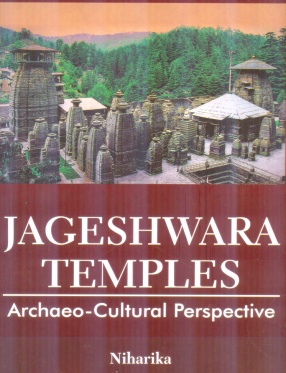
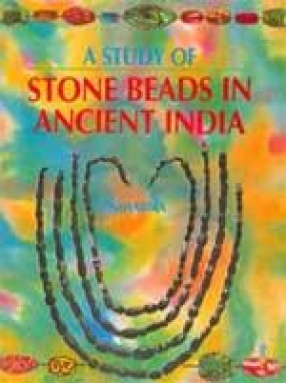
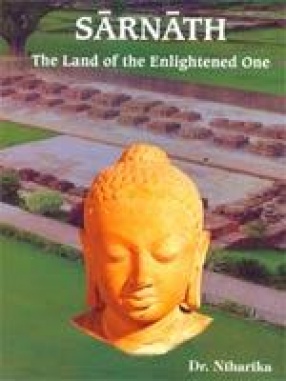
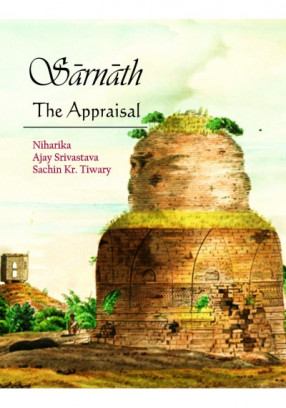
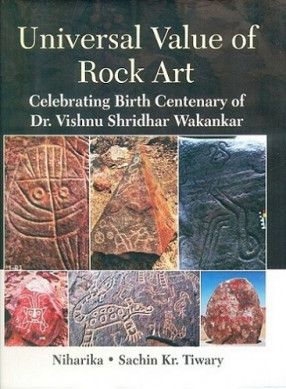
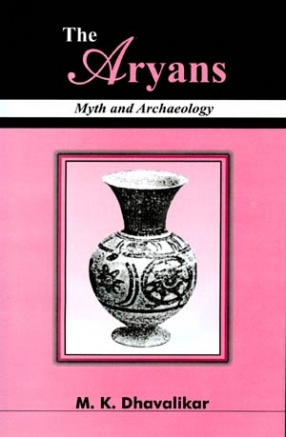
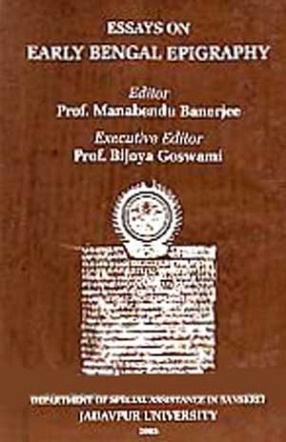
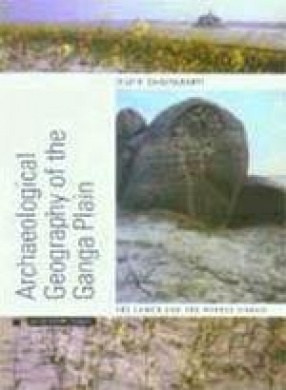
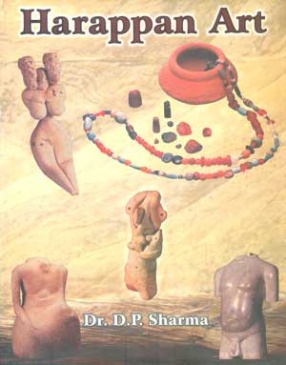

Bibliographic information